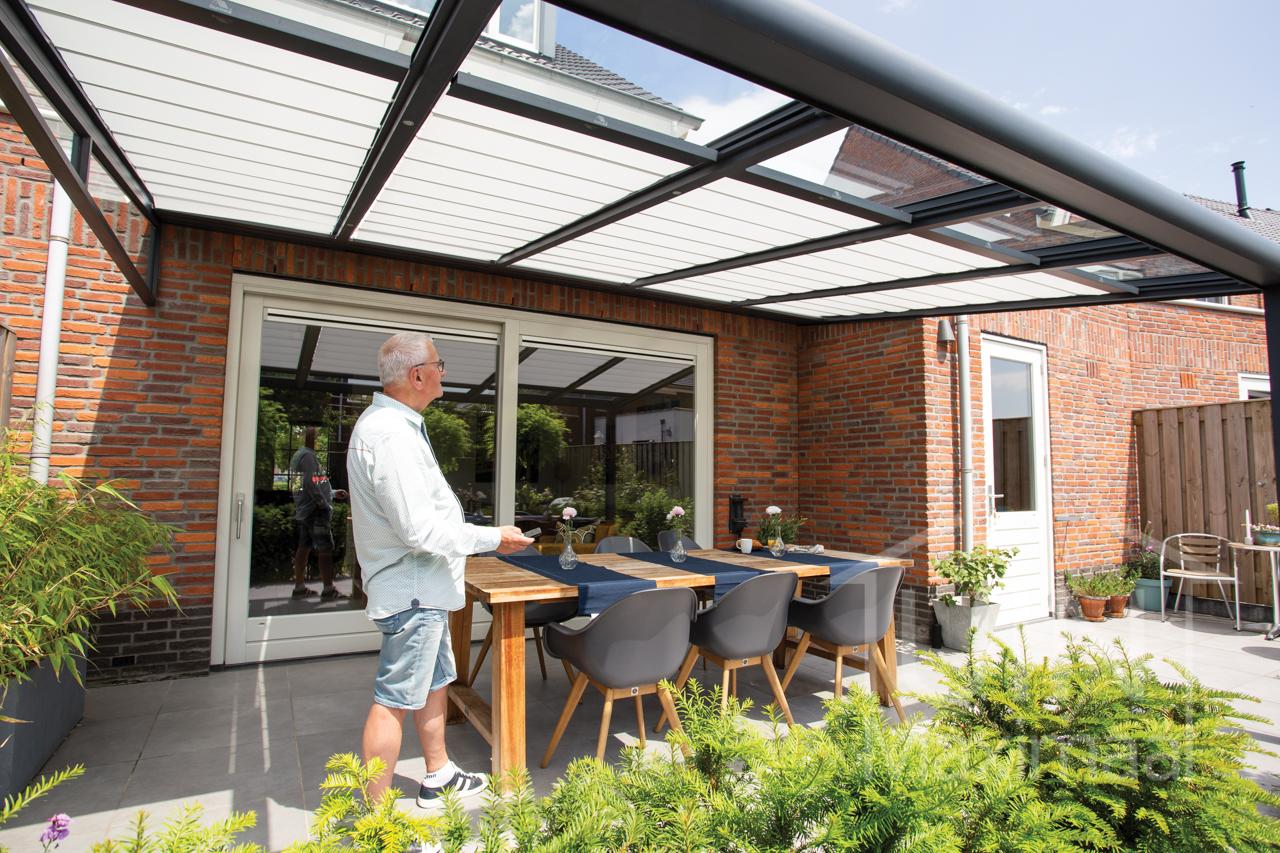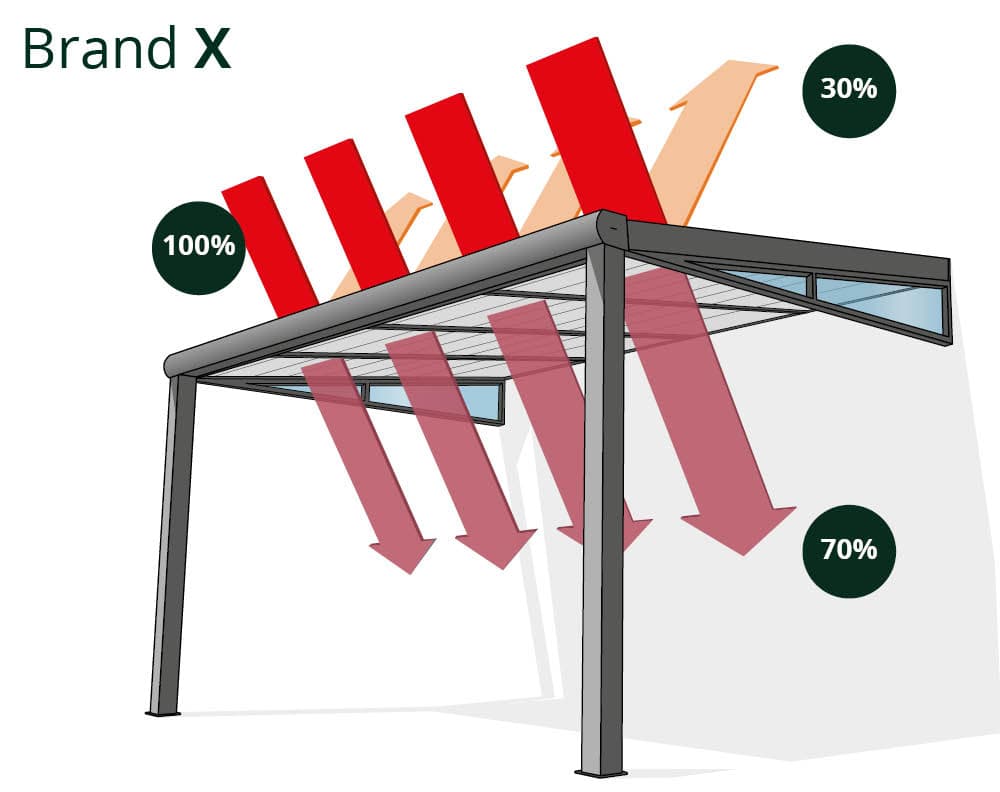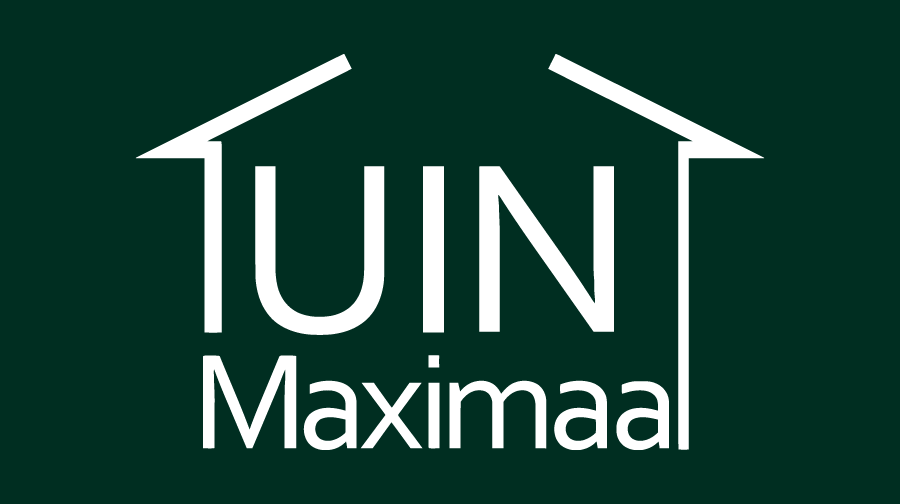Using the right sun shading will ensure that you maintain a comfortable temperature in your home and under the veranda. But what is the best awning for indoors and outdoors? Which sun shading blocks the most heat? We tell you all about it in this article.

The best awnings indoors = sun shading outdoors
Indoor sun shading includes curtains, blinds, pleated blinds, Venetian blinds, shutters or window film. The best awnings for indoors depend on the material they are made of. When it comes to insulation and heat protection, window film and honeycomb pleated blinds are the best choices. But when it comes to heat reflective blinds, outdoor sun shading is even more effective. This is because it blocks the sun's rays even before they enter your home through the glass. As a result, the glass doesn't heat up, which means it doesn't heat up as quickly in your home either.
Sun shading type | Insulation | Heat protection |
Shade cloth | Moderate | Good |
Plants | Moderate | Good |
Parasol | Poor | Reasonable |
Outdoor blinds | Moderate | Good |
Canopies | Good | Good |
Screens | Moderate | Good |
Shutters | Excellent | Excellent |
Sun shading screens | Moderate | Reasonable |
Retractable arm screen | Moderate | Good |
Veranda with Gumax® automatic sun shading | Excellent | Excellent |
You can see that roller shutters and the Gumax® automatic sun shading perform well when it comes to insulating and heat reflective blinds. For more information on the different options, read the article on the different types of outdoor sun shading.
The best awnings for outdoors
But what are the best awnings for outdoors? Of course, what are the best awnings for you is very personal. In the table below, we highlight some forms of sun shading and broadly compare them in terms of their insulating and thermal properties. By heat protection, we mean the extent to which the sun shading prevent heat from coming in, and by insulation, we mean minimising the heat exchange between inside and outside, in summer and in winter. The actual degree of insulation and heat protection depends on the size, colour and material the sun shading is made of.
Heat reflective suns hading under the veranda
When it comes to heat reflective sun shading under the veranda, Tuinmaximaal offers you the choice of Gumax® automatic sun shading, Gumax® Shading Panels, opal/IQ-relax polycarbonate or opal glass roof panels.
Gumax® automatic sun shading
The sun shading screen of the Gumax® automatic sun shading not only provides shade, but also reflects heat radiation. The screen is made of a synthethic cloth with woven aluminium threads. The unique material is white with a silver glow and reflects 73% of visible light and 89% of heat radiation. A significant difference in contrast to a veranda without sun shading. It also blocks the sun's rays and heat, but no blackout shade occurs under the veranda. Read more about this on the sun protection product information.


Gumax® Shading Panels
Supplement the Gumax® automatic sun shading with Gumax® Shading Panels for shading on the sides and front of the veranda. These are sliding door panels with slats that you simply slide, allowing you to decide where you want more shade, shelter or privacy. Great for when the sun is low.
Opal polycarbonate or opal glass roof panels
The roof type also affects the heat under the veranda. The more energy the roof panels let through, the faster it gets warmer under the veranda. That's why we give you a choice of 5 different roof types, so you can decide how much warmth and light you want. Glass and opal glass roof panels allow 85% and 52% of heat radiation to pass through, respectively. The opal polycarbonate roof panels have 54% heat transmission, respectively. For more information, read the article on the differences between glass or polycarbonate as a roof type.










